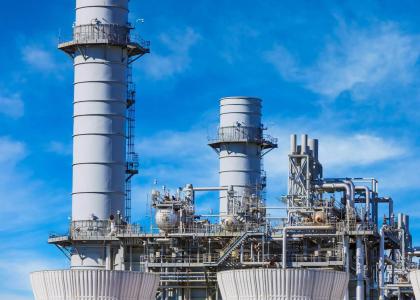With as many as four billion additional air conditioning units expected to be in use by 2050, the value of highly efficient air conditioners will only increase over the next few decades. The International Energy Agency (IEA) recently predicted that as power plants generate more electricity for these units, greenhouse gas emissions could nearly double from 1.25 billion tons in 2016 to 2.28 billion tons in 2050. This could be the start of a vicious air-conditioning cycle, but energy efficiency program administrators have the power to help break it.
When developing 2019 programs, administrators should resist the temptation to focus just on obtaining short-term, incremental energy savings and instead follow the best practice guidance laid out in the US Environmental Protection Agency's National Action Plan for Energy Efficiency: “Make a strong, long-term commitment to cost-effective energy efficiency as a resource” [emphasis added].
By taking a long-term view and focusing on the deployment of highly efficient air conditioners, program administrators can position their programs to achieve large energy savings in 2030 and beyond, even as more air conditioners are installed worldwide. To help program administrators in this effort, ACEEE recently completed two technical briefs on HVAC equipment, one focusing on residential equipment and one on commercial equipment. These briefs describe the current market as well as costs and energy savings for very high efficiency equipment.
Residential Air Conditioners and Heat Pumps
Strategies for Success
For new construction programs, a long-term commitment means going beyond the typical 10% or 20% energy savings per project and working toward long-term targets for zero energy building performance, as programs operated by the Energy Trust of Oregon and the New York State Energy Research and Development Authority (NYSERDA) are now doing.
Likewise, for residential and commercial heating, ventilating, and air conditioning (HVAC), programs should consider increasing emphasis on very-efficient equipment to help shift the HVAC market toward this type of equipment in the long term. Premium HVAC equipment can be identified by its high efficiency ratings. The most-efficient residential models have an 18+ Seasonal Energy Efficiency Ratio (SEER), while the most-efficient packaged rooftop units have an Integrated Energy Efficiency Ratio (IEER) of 17+ (SEER ratings of 15-17 and IEER ratings of 13-16 could be considered middle tiers for residential and rooftop units, respectively).
Additionally, more advanced models typically use variable speed drives, which save energy by responding more effectively to changing outside temperatures and conditions. They may also include advanced controls, which can reduce or shut off HVAC use when the building or home is unoccupied. Even more simply, one could look for ENERGY STAR’s Most Efficient designation for residential products or CEE’s Advanced Tier for commercial equipment.
Most major manufacturers produce at least a few premium models. Unfortunately, data show that these units make up just a small fraction of the units sold (typically less than 3% of the market depending on equipment size, region, etc.), but modifications to energy efficiency programs could help influence the market in favor of higher-efficiency equipment. For instance, instead of providing similar rebates for 15, 16, and 18 SEER residential air conditioners and heat pumps, programs could consider a tiered approach with lower incentives for 15 and 16 SEER (initial and middle tier) units and significantly higher incentives for 18 SEER (advanced tier), or they could eliminate incentives for the lower tiers entirely.
In addition to prioritizing premium equipment, evidence shows that shifting from downstream incentives (i.e., customer rebates) to a midstream model (i.e., distributor incentives) can increase program uptake. The commercial market has paved the way with midstream programs offered by Pacific Gas and Electric, Xcel Energy-Colorado, and Mass Save, and residential programs could also benefit from this type of model.
Moving toward a cooler future
Highly efficient air conditioners reduce both energy use and peak demand. For many program administrators, this equipment will be a cost-effective way to achieve energy savings starting in 2019, while paving the way for a shift to ultra-high efficiency air conditioners and heat pumps in the long term.


